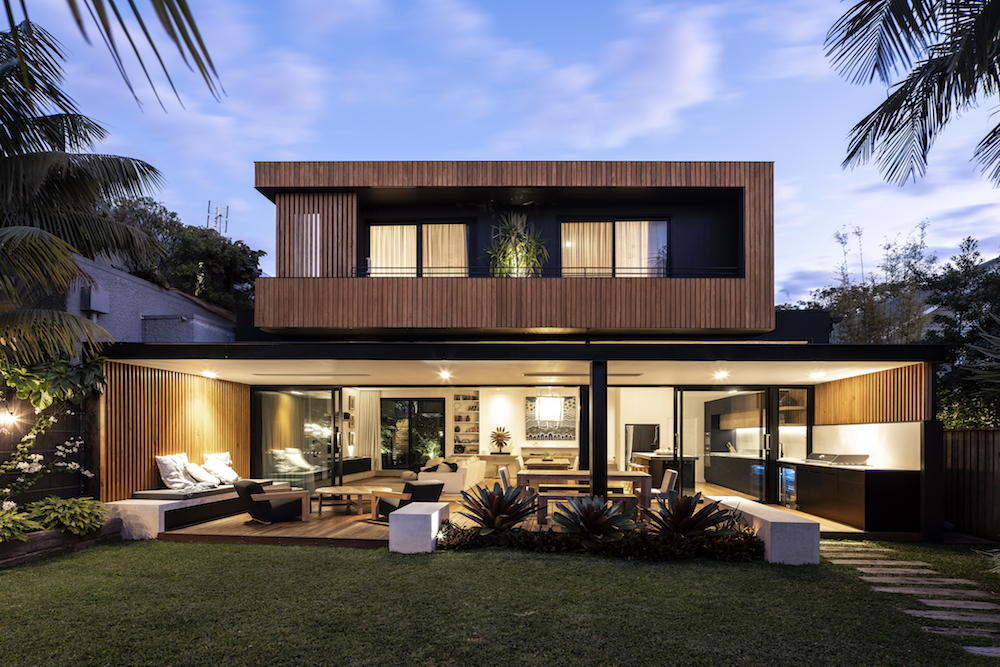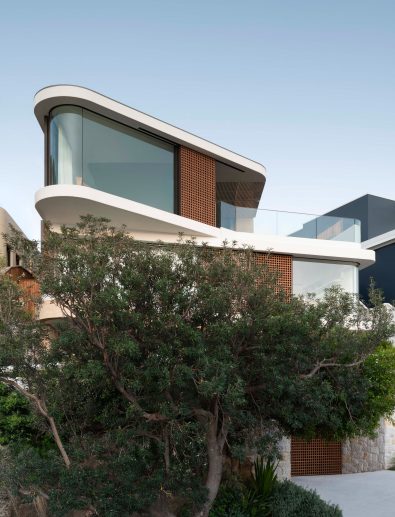Leading Trends in Residential Style You Must Know Concerning
As household design remains to develop, numerous compelling fads are shaping the way we design and populate our space. Secret developments such as lasting building techniques, the assimilation of wise home modern technology, and the surge of modular homes emphasize a significant shift towards both capability and environmental obligation. Furthermore, concepts like open strategy living and biophilic design are redefining our interaction with area and nature. Recognizing these fads not just notifies design options however additionally discloses wider ramifications for way of living and neighborhood - residential house architect. What might these innovations mean for the future of domestic living?
Sustainable Structure Practices
An enhancing number of household tasks are embracing sustainable structure techniques, driven by an expanding awareness of ecological effect and power efficiency. This shift is characterized by the integration of eco-friendly products, energy-efficient designs, and ingenious building and construction methods. Home owners and builders are progressively prioritizing making use of renewable energies, such as bamboo and recycled steels, which not just decrease the carbon impact yet also boost the toughness and visual appeal of properties.
Integrating energy-efficient systems is an additional critical facet of lasting building - residential house architect. Features such as high-performance insulation, energy-efficient windows, and photovoltaic panels are ending up being standard in new household designs. These components not only add to reduced power consumption however also provide significant lasting savings for home owners
Furthermore, the format of lasting homes typically emphasizes all-natural light and ventilation, reducing the dependence on artificial lighting and environment control systems. Landscaping methods, such as xeriscaping, further advertise sustainability by reducing water usage.
As the demand for lasting living services remains to climb, the household style sector is positioned to adapt and innovate, making certain that future homes are not only eco responsible but also comfortable and practical for their residents. - residential house architect
Smart Home Modern Technology
Smart home modern technology is reinventing the method home owners engage with their space, boosting energy, protection, and comfort administration. This innovative approach incorporates numerous tools and systems, enabling individuals to regulate their homes from another location or through automated processes. Central to this pattern is making use of clever devices such as thermostats, illumination, safety video cameras, and home appliances, all attached via the Net of Things (IoT)
Among the most appealing functions of smart home innovation is the ability to customize setups for optimal power effectiveness. House owners can monitor power use and adjust illumination, heating, and cooling based on their regimens, considerably minimizing energy costs. Advanced protection systems furnished with clever locks and surveillance cams give peace of mind, enabling remote monitoring and alerts to possible security breaches.
Integration with voice-activated aides enhances individual experience, permitting home owners to regulate tools with simple voice commands. As innovation remains to advance, the potential for smart home systems to enhance top quality of life expands, making them a necessary consideration in modern residential style. Eventually, clever home innovation is not just a fad yet a fundamental change toward extra smart living atmospheres.
Open Principle Living
Open principle living has become a defining function in contemporary residential architecture, characterized by the removal of conventional barriers between spaces. This layout approach promotes fluidity and connectivity within the home, enabling a smooth transition between areas such as the kitchen area, dining, and living spaces. By eliminating partitions and walls, open principle layouts create a sense of spaciousness, promoting a welcoming atmosphere that enhances social interaction.

Additionally, this approach to residential design lines up with minimalism, concentrating on useful simplicity and aesthetic comprehensibility. Home owners value the adaptability of these designs, which can be easily adjusted to reflect personal style with furniture arrangement and decoration. As open idea living continues to obtain traction, it continues to be a testimony to evolving household dynamics and the need for homes that boost connection and convenience.
Biophilic Style
Biophilic layout has actually come to be progressively substantial in domestic style, highlighting the innate link in between people and nature. This layout ideology looks for to integrate natural environments into living spaces, thereby promoting a feeling of wellness and improving the lifestyle for passengers. By including functions such as all-natural light, greenery, and natural materials, biophilic layout promotes an unified partnership in between interior environments and the natural discover here world.
Crucial element of biophilic design consist of large windows that provide unhampered sights of outdoor landscapes, living walls that introduce greenery into interiors, and open layout that urge air flow see page and all-natural light penetration. Water attributes, both inside and outside the home, serve to create comforting environments and improve sensory experiences.
Moreover, making use of lasting materials not just supports ecological stewardship however likewise adds to healthier interior air quality. As understanding of environmental problems rises, homeowners are progressively focusing on designs that mirror their link to nature. Basically, biophilic design not only boosts aesthetic charm however likewise addresses psychological and psychological needs, making it a crucial fad in modern residential design.
Modular and Prefab Homes

In addition, modular and prefab homes are developed with sustainability in mind. Lots of makers make use of eco-friendly materials and energy-efficient systems, such as photovoltaic panels and advanced insulation techniques, adding to lowered energy consumption and reduced utility bills for homeowners. The versatility of design choices permits modification, dealing with varied functional needs and visual preferences.
As the need for budget friendly housing remains to rise, modular and prefab homes present a practical service, addressing both financial and environmental difficulties. Communities are significantly recognizing the capacity of these structures, incorporating them right into urban and country setups. On the whole, the trend towards prefab and modular homes symbolizes a change toward more sustainable, reliable, and adaptable living atmospheres, making them an essential aspect of contemporary residential architecture.
Conclusion
To conclude, the evolving landscape of domestic design showcases substantial trends that prioritize well-being, modern technology, and sustainability. Sustainable structure techniques and clever home innovations improve performance and comfort, while open concept living and biophilic design foster social interaction and a link to nature. In addition, the surge of modular and prefab homes uses customizable and budget friendly remedies, reflecting a wider change towards practical and accountable living. These trends jointly underscore a commitment to creating unified and innovative residential settings.
Key growths such as lasting building practices, the assimilation of smart home technology, and the rise of modular homes highlight a substantial change towards both performance and environmental responsibility.The rise of modular and prefab homes has actually transformed the company website domestic style landscape, providing ingenious options for efficient and lasting living.In addition, modular and prefab homes are created with sustainability in mind. Overall, the pattern toward prefab and modular homes represents a change toward extra sustainable, efficient, and versatile living atmospheres, making them a pivotal aspect of modern residential architecture.
Lasting building practices and smart home technologies improve effectiveness and benefit, while open idea living and biophilic design foster social communication and a link to nature.